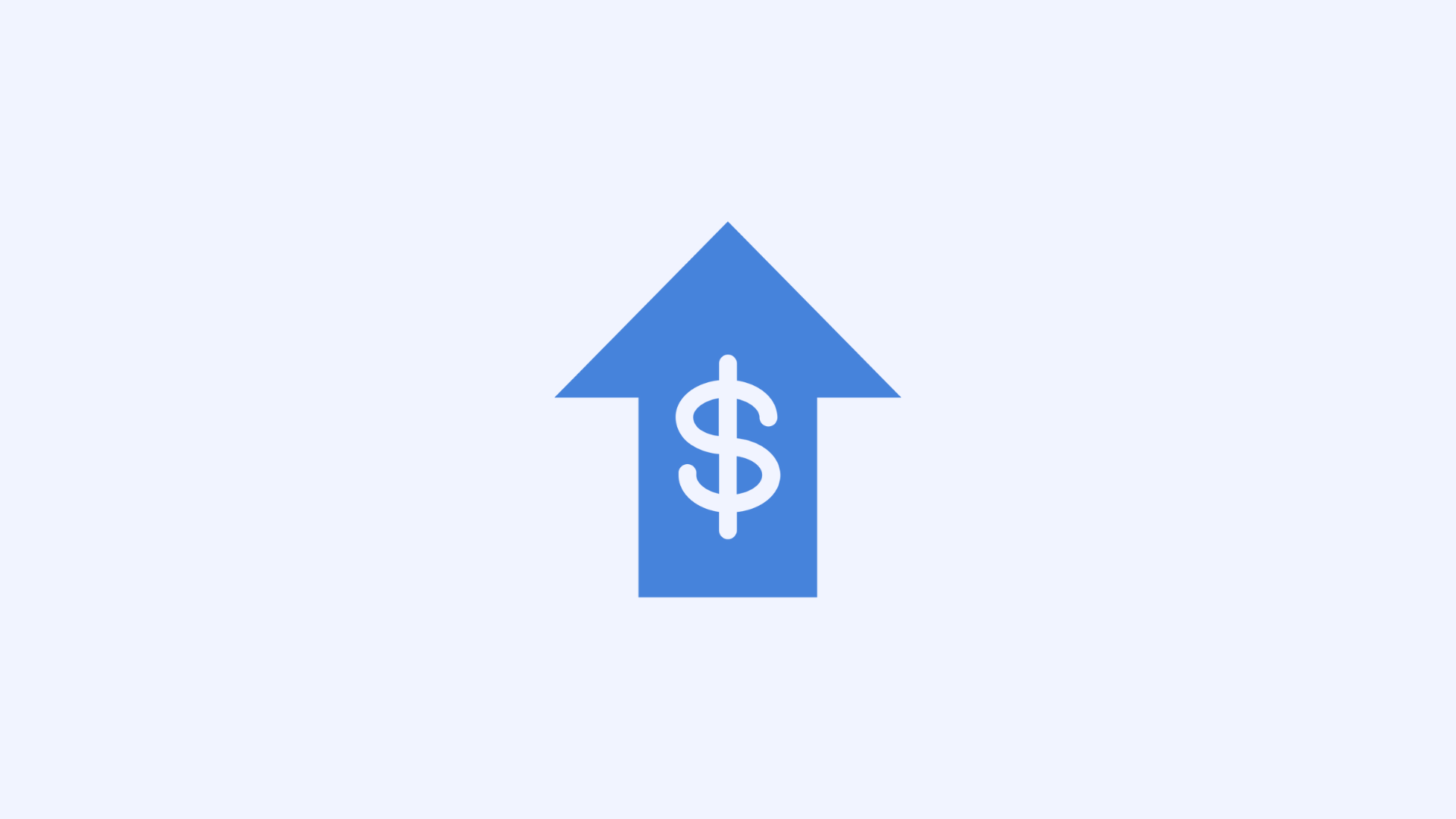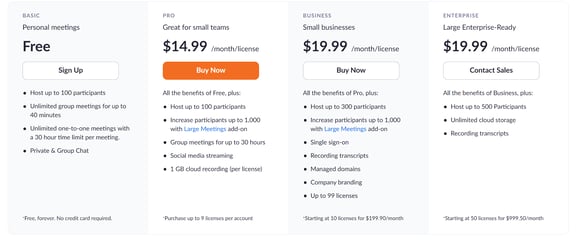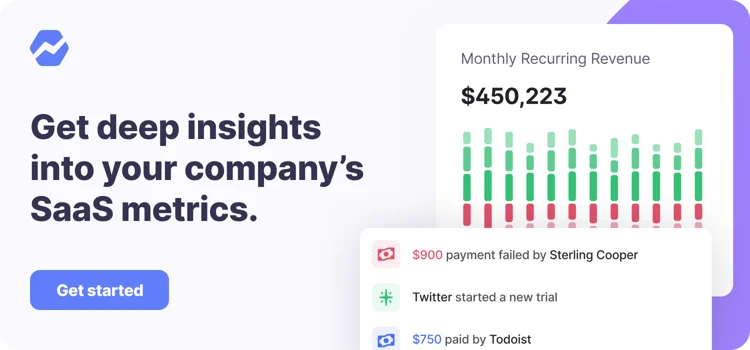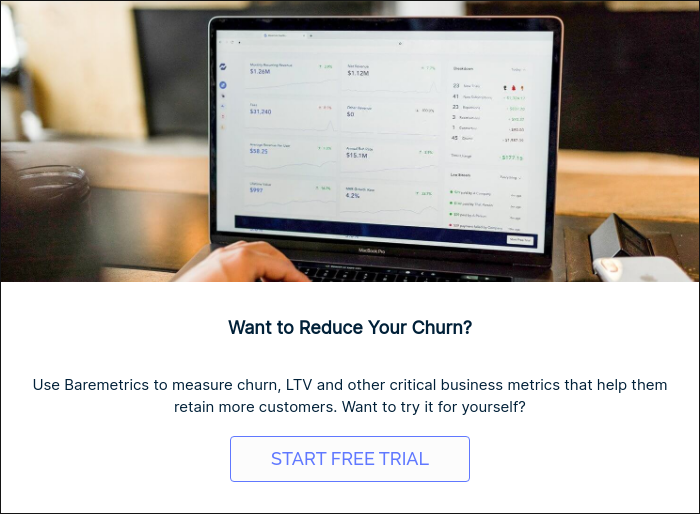Table of Contents

Value-based pricing
Value based pricing asks, ‘what is my product worth to my customers?’
The value of your product is underpinned by the needs and means of your users. It’s on this foundation that your brand is built, and where your ad copy and marketing strategies should draw inspiration.
Where does your product fall within its market sector?
- A luxury brand, targeting a few high-paying customers
- An economy brand available to everyone
- A tiered service offering several price points across this spectrum
On the one hand, you infer the value of your product through its price.
On the flipside, the market will pass its own verdict. Imagine throwing a paper plane – which direction you toss it in is entirely your choice, but wherever the wind is blowing towards is where it will travel the farthest. Adapting to the market is as important in pricing as it is in any other facet of your business.
Cost vs. value for SaaS products
Examining pricing from both a cost-based and value-based point of view will help you determine:
- What you need to keep your business running
- What is valuable to your users
As long as you know that, you have a solid foundation in place for raising your prices without alienating your clients in the process.
The art of upselling
Aside from simply raising prices, there are a number of ways to charge your existing users more:
- Active upselling
- Passive upselling
- Charging for add-on features
Why is upselling so important?
The main advantage of targeting expansion revenue from upselling is that you know that you’re selling to people who already like and use your product.
In addition, the marginal added cost of selling to an existing customer is far lower than acquiring a new customer.
1. Upselling users to a higher-tier service plan
Active upselling entails convincing users to upgrade to a higher price plan. As an example of tiers, here’s Zoom’s pricing page:

An effective pricing page emphasizes the features, advantages, and benefits analysis of the product. For tiered service plans, this means delineating clear distinctions between the offerings of each tier.
The same principle applies to upselling. Lead with positives. In other words, showcase all the new features, extra support, and possibilities for growth the user can gain from moving to a higher level of service.
If a user hesitates to upgrade, offering a free upgrade trial or promising a simple downgrade process is a great way to assuage fears. This ‘no pressure’ sales tactic also protects your business-client relationship in the long run.
Another advantage of tiered pricing is the ability to change each price point individually. This is very helpful for experimenting with prices, within reason of course – you don’t want to overwhelm your prospects with choices.
You can also add more categories as needed, as long as each tier remains distinct and the value of higher priced service plans doesn’t begin to appear diluted.
While there are many benefits to offering very low-cost or even free service plans for marketing purposes, it’s crucial that this doesn’t begin to eat into your profits. Make sure that ARPU clears the cost threshold at all times.
2. Growing together
In contrast, unit-based pricing enables a passive type of upselling that requires minimal individualized contact from your team.
Essentially, once your user has reached a certain threshold of sales, clicks, or users of their own, they automatically jump to a higher subscription tier.
Messaging is key here: when a small business signs up, establish that you’re offering a special rate for small and mediums-sized enterprises (SMEs). When their business enters a new tier, focus on their growth, in particular how their subscription to your services has helped them attain that goal.
3. Cross-selling and add-on features
Offering a la carte features provides your users with the flexibility to pay only for the tools they truly use. As long as your ARPU covers costs, the price of your most basic subscription can be set competitively low.
You can set this up in one of several ways, such as offering a menu of add-ons each time a subscription renews, or running occasional discount campaigns for a featured tool.
Alternatively, you might offer a usage-based subscription, wherein users are charged at the end of the month only for the tools they actually used. This can work well if your SaaS doesn’t rely on your MRR to be stable and predictable.
Flexibility, the biggest advantage of add-on features, is also one of its main disadvantages. New features, whether internal or offering cross-platform compatibility, require substantial R&D funds. If you do consider launching a new tool, make sure to survey your users beforehand to make sure you can recover development costs – sometimes even great ideas don’t pay for themselves.
4. Communicate and listen
At its very core, ethical upselling relies on honest, two-way communication.
Ethical is the operating word here: selling your users on a plan or features they don’t need might grow MRR in the short term, but it will almost certainly lose you their business and word-of-mouth recommendations in the long run.
Keeping users happy requires trust. And to maintain that trust, nothing beats honesty.
If your costs have gone up, talk to your users and let them know what’s up.
Listen to their concerns and be flexible to their needs where you can – the more personal this process feels, the better you’ll be able to protect user satisfaction.
5. Provide stability
Make sure you’re not changing prices too often. If you need to do some price experimentation, do so with prospects. Keep current users on their old price plan as long as you can, and if you do need to hike prices, do so annually at the very most.
Remember, upselling is an effective and economical means to increase MRR, but there’s something even more valuable in the long run: a happy customer.
A final remark: in this article, we’ve focused on how to raise prices, not lower them. That is because in the history of paying for things, few people have ever complained about prices going down. It’s extremely important to note, however, that the key to MRR growth might actually be to lower your prices, IF revenue gained from new users outweighs revenue lost from the price drop.
Baremetrics provides excellent tools for analyzing your user data. If you need help locating the pricing sweet spot for your SaaS business, look no further! Here’s a free trial to get you started.




